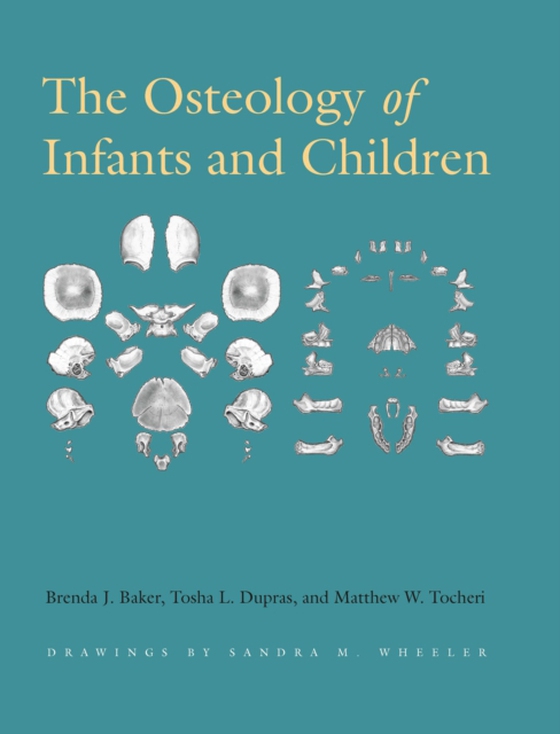
Osteology of Infants and Children e-bog
223,05 DKK
(inkl. moms 278,81 DKK)
Most archaeologists and bioarchaeologists receive little or no training in the recognition of skeletal remains of fetuses, infants, and children. Yet many research sites may contain such materials. Without a framework for identifying the bones or the excavation techniques suited to their recovery, archaeologists may often overlook subadult skeletal remains or even confuse them with animal bones...
E-bog
223,05 DKK
Forlag
Texas A&M University Press
Udgivet
27 juli 2005
Længde
188 sider
Genrer
HDW
Sprog
English
Format
pdf
Beskyttelse
LCP
ISBN
9781603446181
Most archaeologists and bioarchaeologists receive little or no training in the recognition of skeletal remains of fetuses, infants, and children. Yet many research sites may contain such materials. Without a framework for identifying the bones or the excavation techniques suited to their recovery, archaeologists may often overlook subadult skeletal remains or even confuse them with animal bones. The Osteology of Infants and Children fills the need for a field and lab manual on this important topic and provides a supplemental textbook for human osteology courses. Focusing on juvenile skeletons, their recovery and identification, and siding in both field and lab settings, the volume provides basic descriptions and careful illustrations of each skeletal element at varying stages of development, along with sections on differentiation from other bones and siding tips. The book offers detailed treatment of the skull and teeth, including the cranial vault and facial bones, and examines the infracranial skeleton: vertebrae, pelvis, chest, shoulders, arms, hands, legs, and feet. A quick reference guide explains age estimation and identification templates. The illustrations are enhanced by photographs from two recent archaeology projects in Egypt, at Abydos and Dakhleh Oasis. The extensive collection of fetal and child remains from these sites provides new reference material unavailable in previous publications, making this manual an unparalleled resource in the field of physical anthropology.
 Dansk
Dansk

